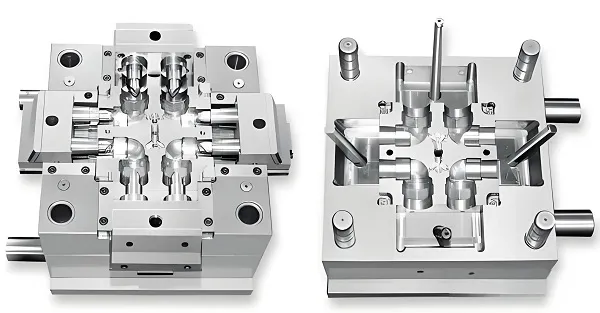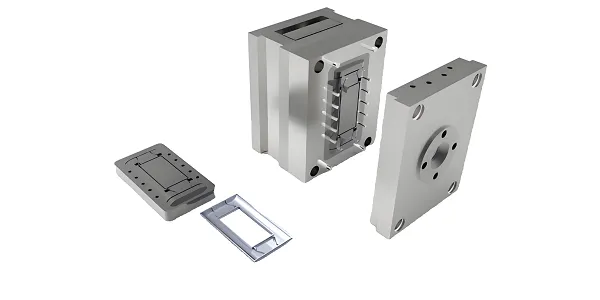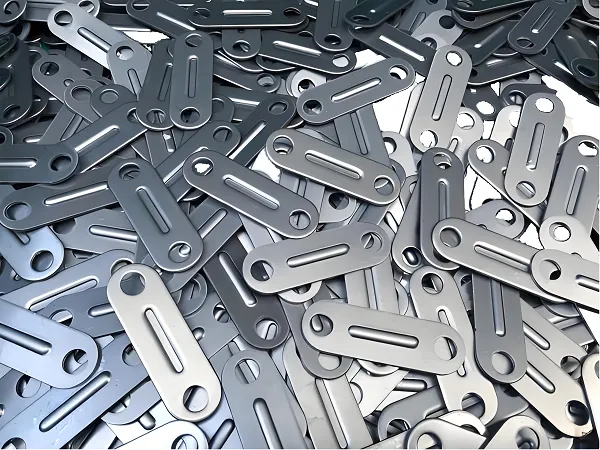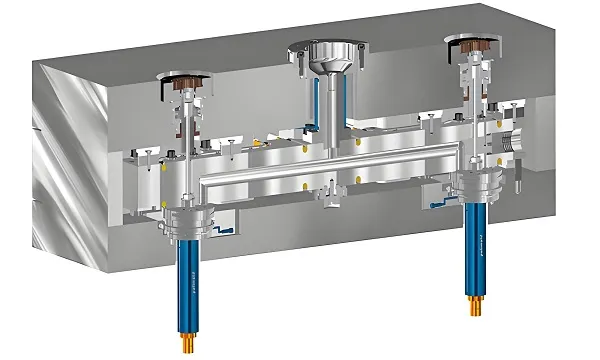I. Why Does Smoke Occur in Injection Molding?
Injection molding is a process where plastic pellets are heated to a high temperature to turn them into a liquid and then injected into a mold to cool and take shape. When plastics are heated to 200 – 300 °C, they decompose, much like burnt food, producing smoke and unpleasant odors.
Plastic Decomposition: Common plastics such as PP and ABS “burn” at high temperatures, releasing hydrocarbons similar to vehicle exhaust fumes. Engineering plastics like PBT may even release harmful gases such as formaldehyde and benzene.
Additive Volatilization: Components such as flame retardants and plasticizers added to plastics turn into smoke at high temperatures, similar to “water vapor evaporation”. For example, halogen – containing flame retardants release pungent hydrogen chloride gas.

II. What Exactly Is in This Smoke?
The smoke mainly contains three types of harmful substances:
Toxic Gases: Such as formaldehyde (a major component of renovation odors), benzene (with a gasoline – like smell), and carbon monoxide (the culprit of carbon monoxide poisoning). These gases can irritate the eyes and respiratory tract.
Tiny Particles: Plastic dust that is even finer than PM2.5. When inhaled, it can deposit in the lungs and may cause pneumonia in the long term.
Active Substances: Some smoke may carry carcinogens produced by plastic decomposition (such as styrene), or bacteria remaining in recycled plastics.
An analogy to understand this is like using a high – temperature iron to iron plastic. The smoke and the burnt plastic smell are essentially the products of plastic decomposition.
III. What Situations Will Worsen the Generation of Smoke?
Ordinary people may come into contact with injection smoke mainly around factories or when using plastic products. The following situations will exacerbate the problem:
High – Temperature Operation: If the machine temperature is set too high (for example, exceeding the plastic’s tolerance temperature by 10%), the amount of smoke will increase significantly, similar to over – burning a steak due to too high heat.
Use of Inferior Materials: Recycled plastics or raw materials containing impurities are like “cooking with expired cooking oil”, making it easier to produce black smoke.
Equipment Aging: Malfunctions in the mold cooling system can lead to local overheating, similar to “burning the bottom of a pot dry”, causing continuous smoking.
IV. Health Impacts on Ordinary People
Short – term Exposure (such as residents near factories): May experience coughing and dizziness, similar to the feeling of being exposed to second – hand smoke.
Long – term Exposure (such as workshop workers): Increases the risk of bronchitis and emphysema. Some chemicals may affect fertility or cause cancer.
A typical case: A plastic factory did not install exhaust equipment. Residents nearby reported smelling a pungent odor all year round, and physical examinations found that the proportion of respiratory diseases was higher than in other areas.
V. How to Reduce the Harm of Smoke?
Factory Protection:
Install a “giant range hood” (activated carbon adsorption equipment) to filter harmful gases.
Replace common plastics with food – grade plastics (such as the material for baby bottles) to reduce the release of toxic substances.
Daily Protection:
Newly bought plastic products (such as storage boxes) should be ventilated to dissipate odors first, and avoid using them at high temperatures.
Residents near factories should close windows, use air purifiers, and wear masks when going out.
VI. Should Ordinary People Panic?
There is no need to worry too much, but basic awareness is necessary:
Qualified Products: Plastic products from regular manufacturers that have passed inspections have smoke residues within a safe range.
Risky Scenarios: Production in small workshops, burning of plastic waste, and using inferior plastics for heating (such as heating non – food – grade containers in a microwave oven) are high – risk behaviors.
Remember one principle: When you smell an obvious plastic – burning odor, immediately stay away and ventilate, being as vigilant as when dealing with burnt food.






